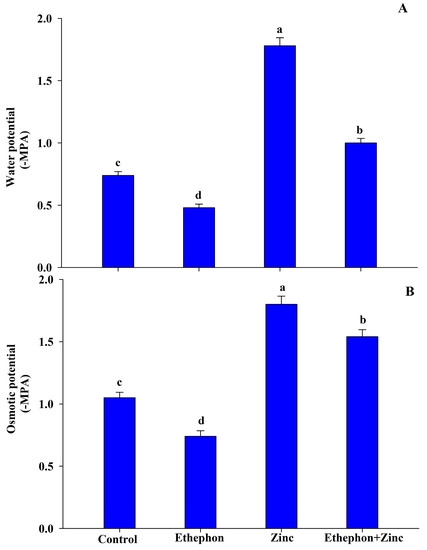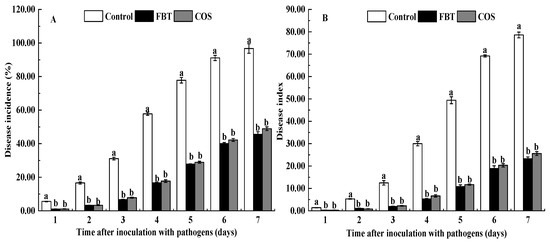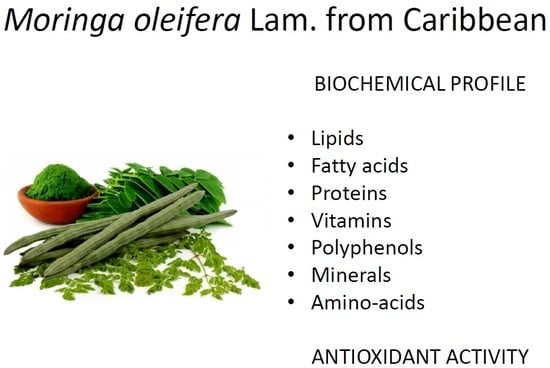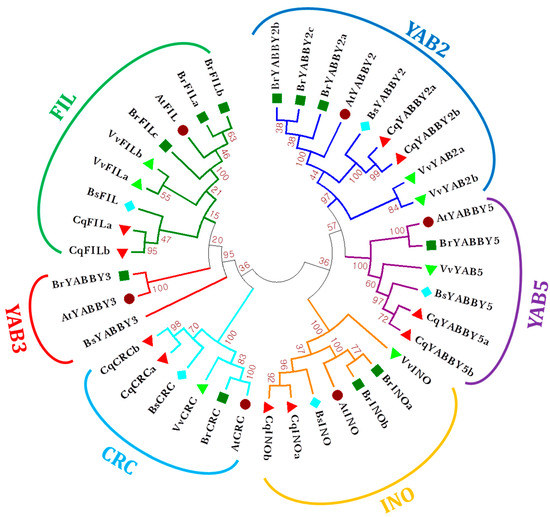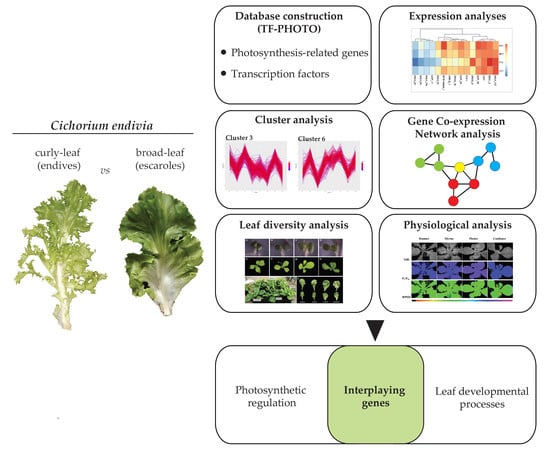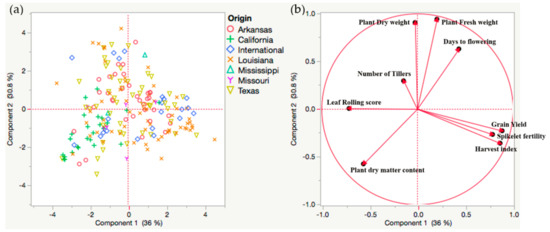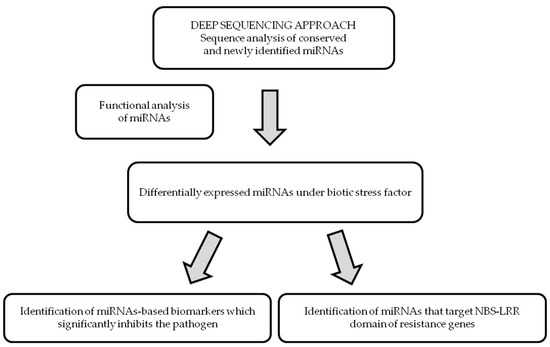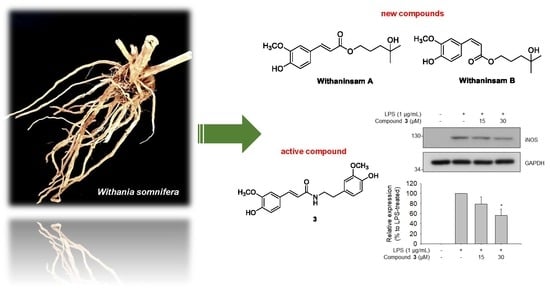Plants 2019, 8(12), 541; https://doi.org/10.3390/plants8120541 - 25 Nov 2019
Cited by 24 | Viewed by 6328
Abstract
Galium aparine L., family Rubiaceae, is a widely spread species in the Galium genus. The herb of G. aparine is part of folk remedies and dietary supplements. In this study, we analyzed the chemical composition and immunomodulatory activities of G. aparine herb ethanolic
[...] Read more.
Galium aparine L., family Rubiaceae, is a widely spread species in the Galium genus. The herb of G. aparine is part of folk remedies and dietary supplements. In this study, we analyzed the chemical composition and immunomodulatory activities of G. aparine herb ethanolic extracts obtained from the plant material by maceration with 20%, 60% or 96% ethanol. The contents of hydroxycinnamic acid derivatives, flavonoids and polyphenols were determined spectrophotometrically, with extractives and polysaccharides quantified gravimetrically. The qualitative composition was studied using UHPLC-DAD-MS/MS analysis; isolation not previously described in G. aparine quercetin rhamnoglucoside was carried out through column chromatography, and the immunomodulatory activity of extracts was determined in the reaction of lymphocyte blast transformation. Major constitutes of extracts were iridoids, i.e., monotropein, 10-desacetylasperulosidic acid and asperulosidic acid; p-hydroxybenzoic acid; hydroxycinnamic acid derivatives, i.e., 3-O-caffeoylquinic, 5-O-caffeoylquinic, 3,4-O-dicaffeoylquinic, 3,5-O-dicaffeoylquinic, 4,5-O-dicaffeoylquinic acids and caffeic acid derivatives; flavonoids, i.e., rutin, quercetin 3-O-rhamnoglucoside-7-O-glucoside, and isorhamnetin 3-O-glucorhamnoside. Significantly, quercetin 3-O-rhamnoglucoside-7-O-glucoside was first isolated and identified in Galium species so far investigated. All G. aparine herb ethanolic extracts stimulate the transformational activity of immunocompetent blood cells, with 96% ethanolic extract being the most active. The data obtained necessitate further research into the mechanisms of immunomodulatory activity of extracts from G. aparine herb.
Full article
(This article belongs to the Special Issue Medicinal Plants)
►
Show Figures

